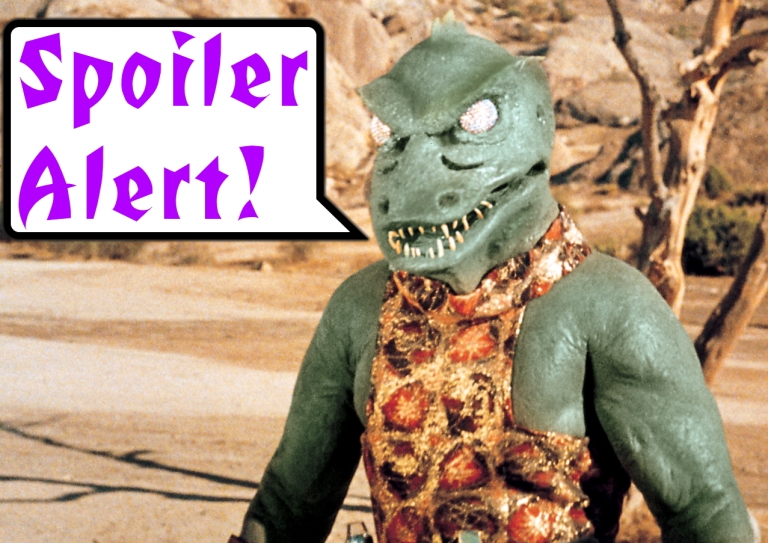
Spoiler Warning: There are spoilers ahead for Star Trek: Lower Decks Seasons 1-2, particularly the episode Where Pleasant Fountains Lie.
This article deals with the subjects of sex and sexuality and may be uncomfortable for some readers.
Growing up asexual is difficult. We live in a world that seems to revolve around sex and sexuality much of the time, with an awful lot of music, art, and entertainment dedicated to relationships and to sex. Graphic depictions of sex on screen may be a relatively recent phenomenon, but even in the 1980s and 1990s sex was a frequent subject on television, in cinema, in music, and in practically every other form of media.
Even the arrival on the scene of more lesbian, gay, bisexual, and trans characters in media didn’t bring all that much respite. Who people were having sex with changed, but the fact that they were having sex – and spent much of their time pursuing it in one form or another – had not. The growth in LGBT+ representation in media has been fantastic (though it is still far from perfect) but speaking for myself as an asexual person, it didn’t always succeed at resonating with me. I still felt alone, that my perspective wasn’t being represented.
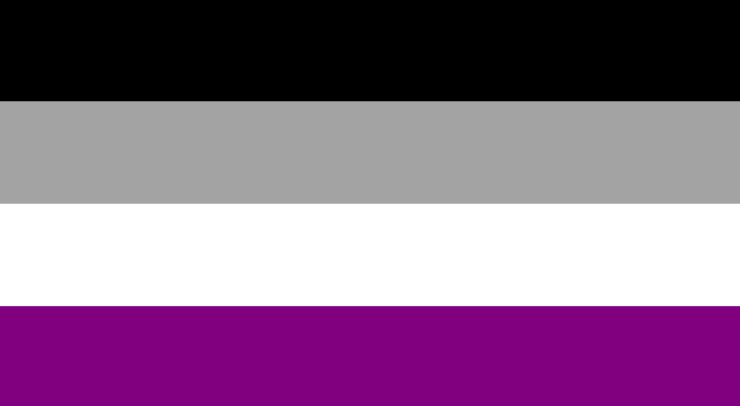
In the couple of “sex education” lessons that I was given at school, there was no mention of the LGBT+ community, let alone asexuality. Sex was something that “everyone” had and wanted to have, and between the depictions and talk of sex in all forms of art and media through to peer pressure from my adolescent peer group, it was inescapable. The only people who might be celibate were monks, nuns, Catholic priests, and losers who couldn’t find a date. That was the way sex and sexuality appeared at the time I was discovering my own.
In the time and place where I was growing up, away from the more liberal and cosmopolitan cities, even being homosexual was considered something abhorrent, let alone being trans, non-binary, or asexual. People didn’t understand what any of those terms meant because they’d never been exposed to it, and even being suspected of being a “poof” or a “bum boy” was enough to send the bullies into a frenzy.
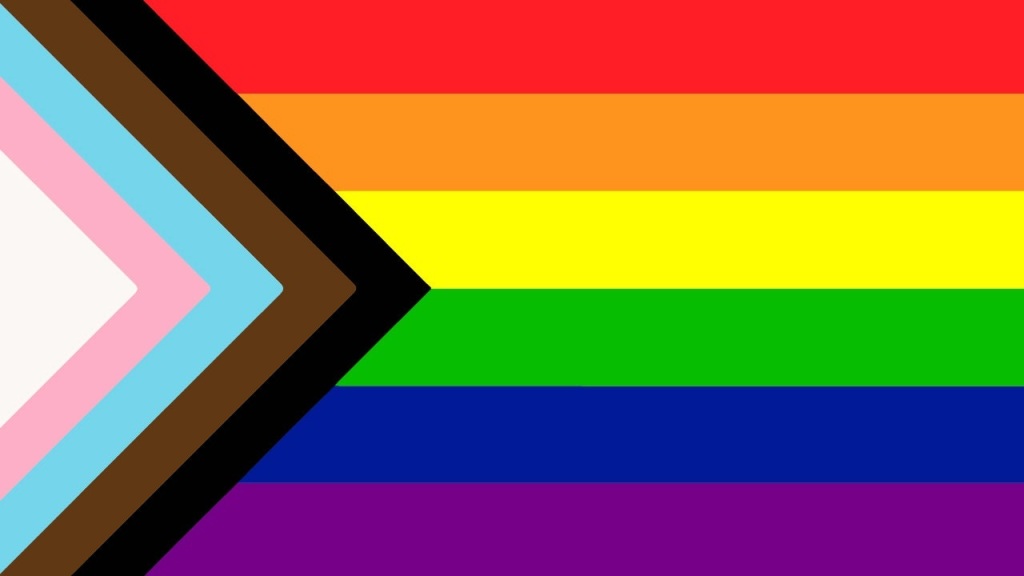
The process of “normalising” – and gosh do I hate that term – asexuality can only begin when asexuality is visible. There may be a handful of asexual activists both within and outside of the broader LGBT+ movement, but generally speaking the level of visibility remains low. Without that visibility, understanding and acceptance can’t follow. The same is true of any minority group – including transgender and non-binary.
It’s for this reason that I get so irritated when I hear people talking about “too many” gay characters on television, or how “in-your-face” LGBT+ representation feels. It’s like that specifically because these groups have been so underrepresented for such a long time, and by making LGBT+ depictions more overt and obvious, it raises awareness and draws attention to the LGBT+ movement and the quest for acceptance within society as a whole.

Since I went public with my asexuality, I’ve started displaying the asexual pride flag right here on the website. You can see it in the upper-right corner both on PC and mobile devices. I do that deliberately with the express intention of raising awareness and pointing out that asexual people exist in all areas of life. My chosen subjects here on the website are entertainment – Star Trek, video games, sci-fi and fantasy, among others. But there are asexual people in all walks of life and with as broad a range of interests as everyone else.
Being open about my asexuality was a choice that I made in part because of the lack of representation and lack of awareness many folks have of asexuals and asexuality. Even by offering my singular perspective on the subject in a small way in my little corner of the internet, I feel like I’m doing something to advocate for greater awareness and greater visibility, because without those things I fear that asexuality will never be understood. And without understanding it’s very hard to see a pathway to broader acceptance of asexuality in society.
If you’re interested to read a more detailed account of how I came to terms with my asexuality, you can find it by clicking or tapping here.
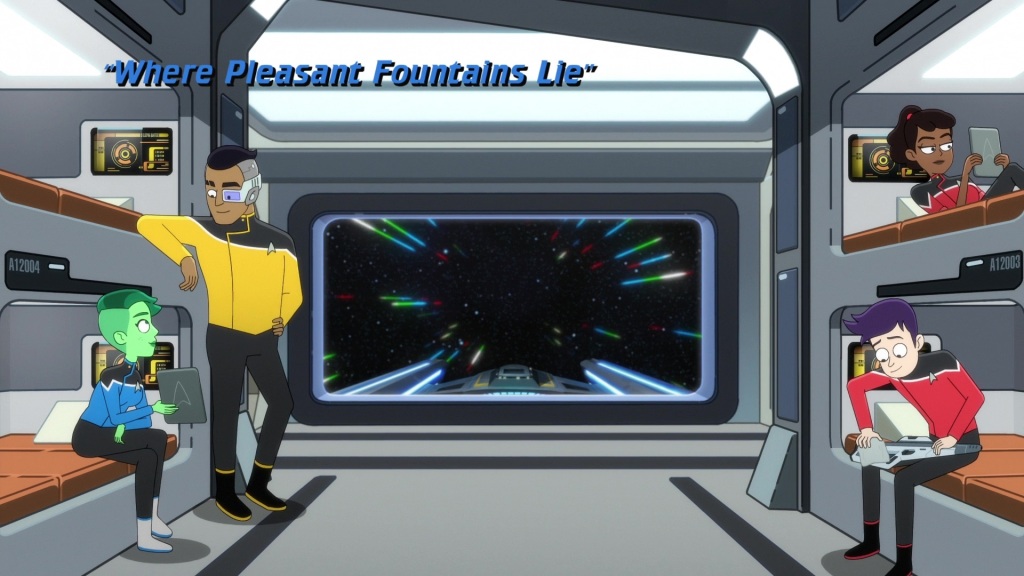
So we turn to Star Trek. As an adolescent dealing with some of these issues surrounding my sexuality, the Star Trek franchise – and other sci-fi and fantasy worlds – could offer an escape. Science fiction and fantasy tend not to be as heavily reliant on themes of sex as, say, drama or even comedies can be, and I think that may have been a factor in my enjoyment of Star Trek: The Next Generation during its original run.
Despite that, the Star Trek franchise is hardly nonsexual. Characters like Captain Kirk and Commander Riker are well-known for their many relationships, and episodes like The Naked Time and Amok Time, while never showing as much overt sexuality as some more modern shows, do reference the subject. Even characters who have proven popular in the asexual community – like Spock and Data – had sexual relationships. While the Star Trek franchise has been at the forefront of many battles for representation – famously showing the first interracial kiss and with episodes like Rejoined promoting LGBT+ issues – asexuality itself had never been overtly referenced in Star Trek.

Though the depiction of Lower Decks’ chief engineer Andy Billups wasn’t explicitly about asexuality, his story in Where Pleasant Fountains Lie presented the first significant analogy for asexuality in the Star Trek franchise – and one of the first ever on television, certainly the first that I’ve ever seen. In typical Star Trek fashion, the episode looked at the subject through a science fiction lens, with Billups’ unwillingness to have sex being tied to the medieval-spacefaring culture from which he came.
Star Trek has often done this. Rather than explicitly referencing a contemporary issue, writers will devise an in-universe comparison. The Doomsday Machine featured a planet-killing superweapon in an analogy about nuclear proliferation. In The Hands Of The Prophets told a story about Bajoran religion clashing with secular teaching in a story that was clearly about the creationism/evolution debate but that made no explicit references. Likewise we can say that Where Pleasant Fountains Lie is a story about asexuality – but one seen through a Star Trek filter.

As an asexual person watching the episode, I was floored. For the first time, a character in Star Trek shared my sexuality and feelings about sex. More than that, as the Hysperians’ plot to trick Andy Billups into having sex reached its endgame, the poor man looked so incredibly uncomfortable and ill at ease with what he was about to do. I’ve been there. I’ve been Andy Billups in that moment, and to see that portrayal was incredibly cathartic.
When I was fifteen I lost my virginity, succumbing to the pressure from my peer group and having talked myself into it. I thought that by doing so I could convince others – and myself – that I was “normal,” just like everyone else. Never having heard the term “asexual,” nor understanding that the way I felt about sex and genitalia was valid, I convinced myself that I must be the one who was wrong, that I was broken and that my sexuality simply did not exist as I now understand it. In that moment I felt a great deal of trepidation. This wasn’t simply the anxiety of one’s “first time,” but I was forcing myself to do something that I fundamentally did not want to do; something that disgusted and repulsed me.

If you’re heterosexual, I guess a reasonable comparison would be having sex with a same-sex partner. Even if you could talk yourself into it, it wouldn’t feel right. And vice versa if you’re homosexual; having sex with an opposite-sex partner would feel fundamentally wrong. That’s the expression that I saw stamped on Andy Billups’ face in Where Pleasant Fountains Lie, and if I had looked in the mirror on that day in my mid-teens – or on any of the other occasions on which I talked myself into having sex with partners both male and female – I would have seen the exact same thing.
I believe that this is the power of representation. To truly see myself reflected in a fictional character has been an entirely new experience for me, and no doubt for other asexual folks as well. Lower Decks may be a comedy series, but this storyline has become one of the most powerful that I’ve seen in all of Star Trek. It was the first time I ever saw my sexuality represented on screen, and for as long as I live I will be able to go back to that moment and point it out to other people. There is finally an understandable, sympathetic metaphor for asexuality on screen.
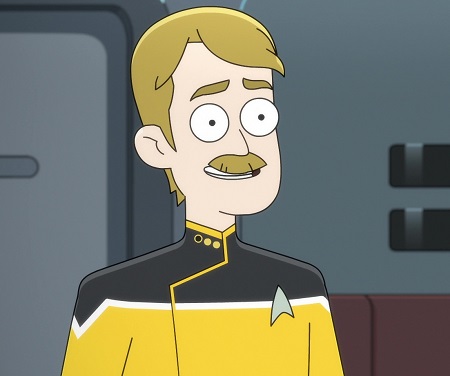
As I stated in my review of Where Pleasant Fountains Lie, the depiction of Billups wasn’t perfect. There was a jokiness and a light-heartedness to elements of the story that clashed with the heavier themes that were present. But in spite of that, Billups’ story resonated with me. It’s an incredibly powerful moment to see any kind of asexual representation, and although there were jokes at Billups’ expense in the episode, he came across incredibly sympathetically. He even had his entire team cheering for him and chanting his name at the end – celebrating how he remained true to himself and didn’t have sex.
No asexual person should ever feel that they’re obligated to have sex. Sex education classes need to include asexuality alongside the rest of the LGBT+ spectrum so that asexual kids and teenagers can understand that the way they are is normal and valid. But education is only one thing that needs to change. Representation in all forms of media is exceptionally important too, and even a single depiction of a secondary character in one episode is already the best and most powerful asexual story that there has been in a long time – possibly ever. As more people become aware of asexuality and understand its place alongside heterosexuality, bisexuality, homosexuality, and other sexual orientations, the stigma or prejudice against asexuals and asexuality that exists in society will – in time – decrease.
Whether intentional or not, Lower Decks has joined the conversation and brought asexuality to mainstream attention in a way that I’d never seen before. It’s now possible for me to point to Where Pleasant Fountains Lie to show anyone who’s interested to learn more about asexuality and to see it represented on screen. That opportunity didn’t exist before, and I’m incredibly grateful to Lower Decks for this episode, this character, and this powerful story.
Star Trek: Lower Decks Season 2 is available to stream now on Paramount+ in the United States, and on Amazon Prime Video in the UK and around the world. The Star Trek franchise – including Lower Decks and all other properties mentioned above – is the copyright of ViacomCBS. This article contains the thoughts and opinions of one person only and is not intended to cause any offence.


